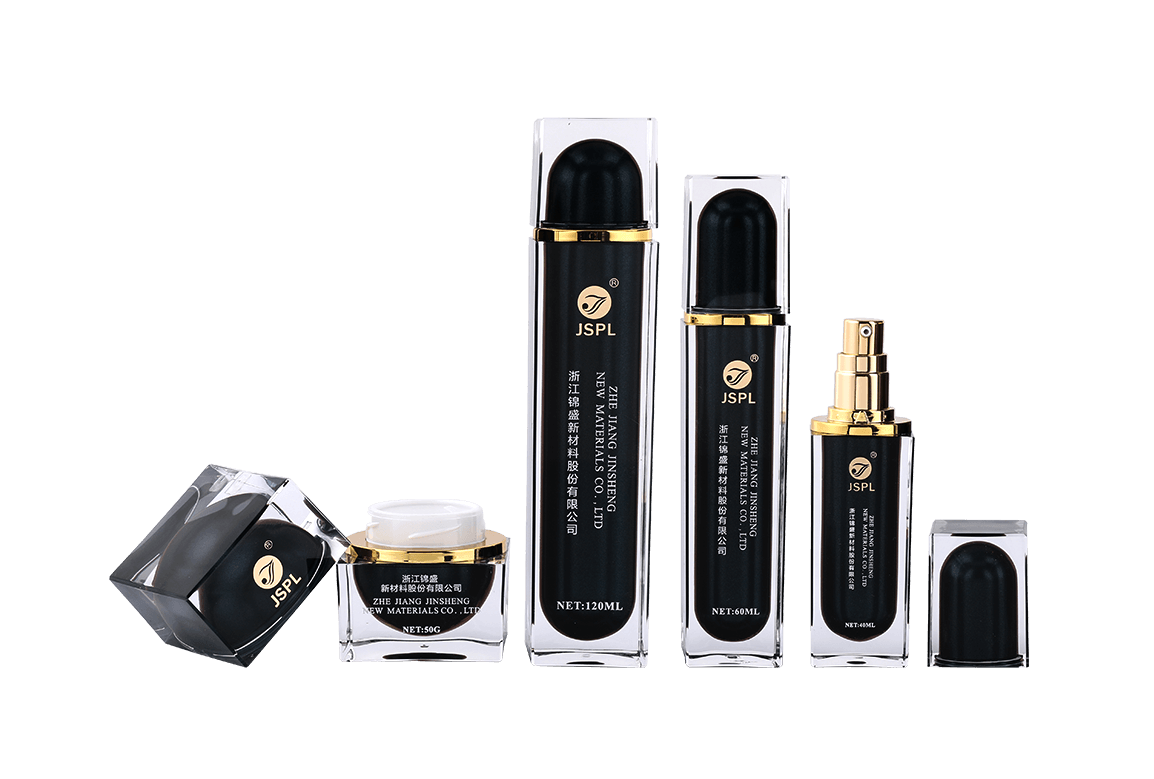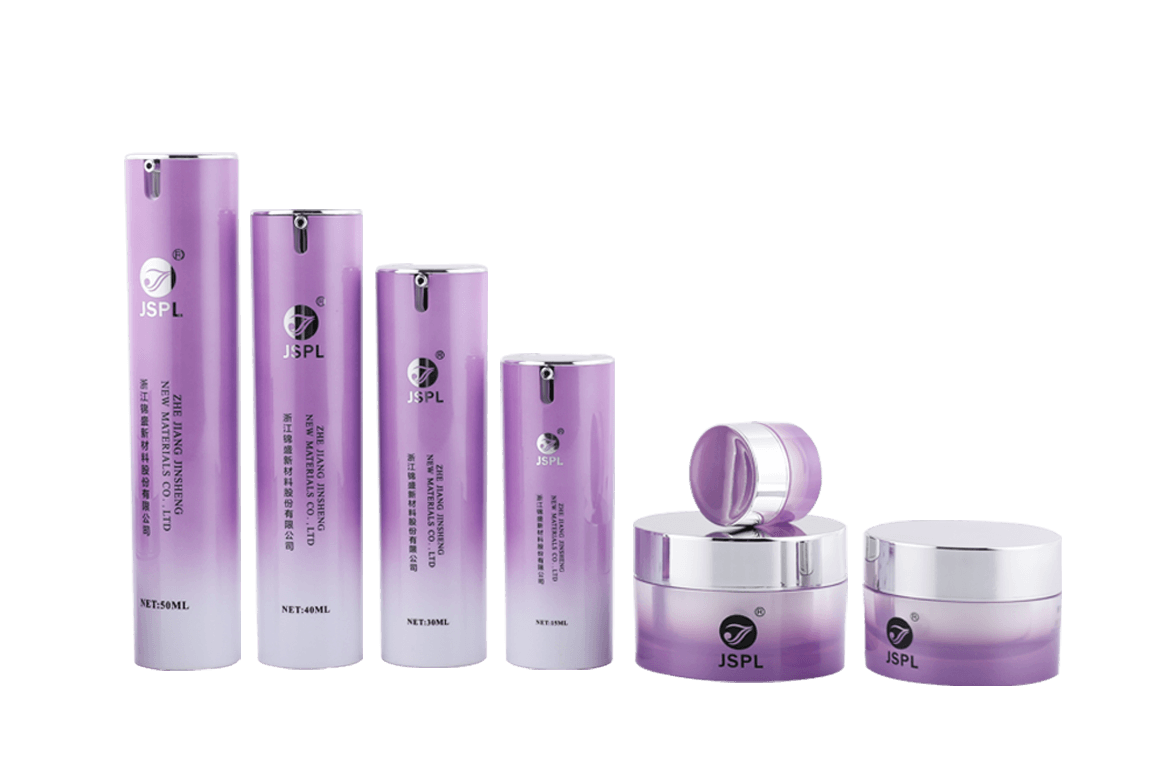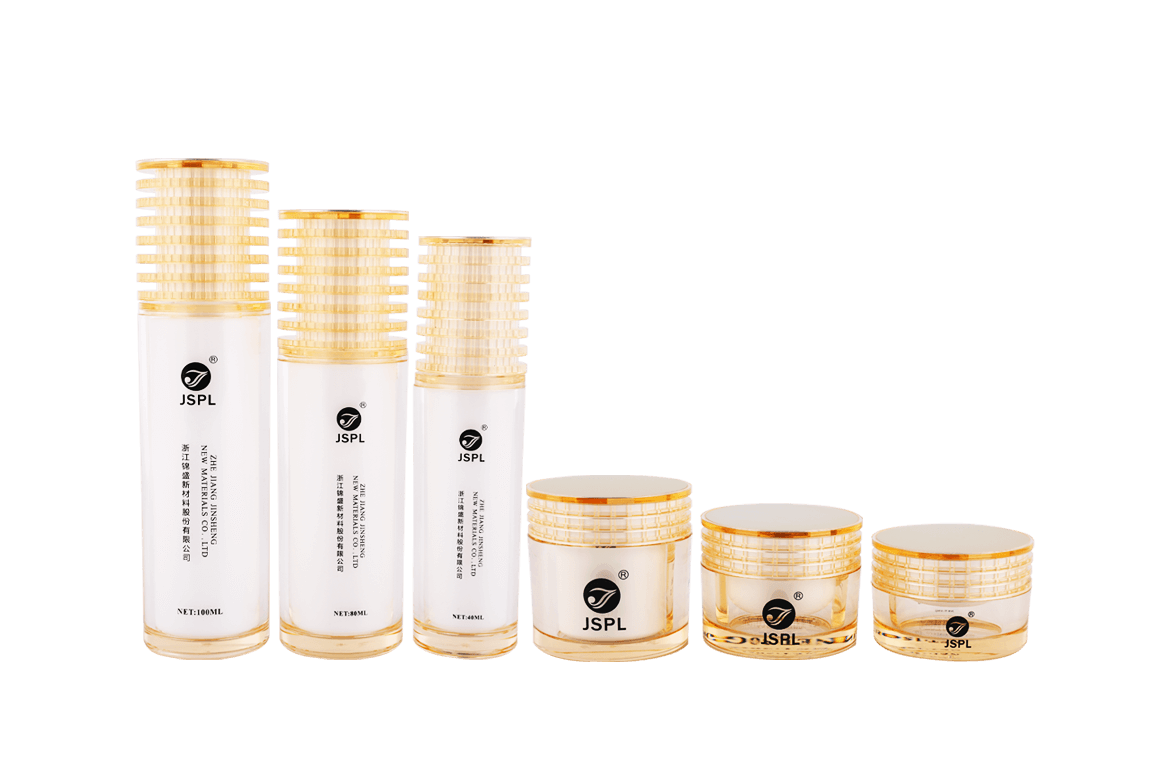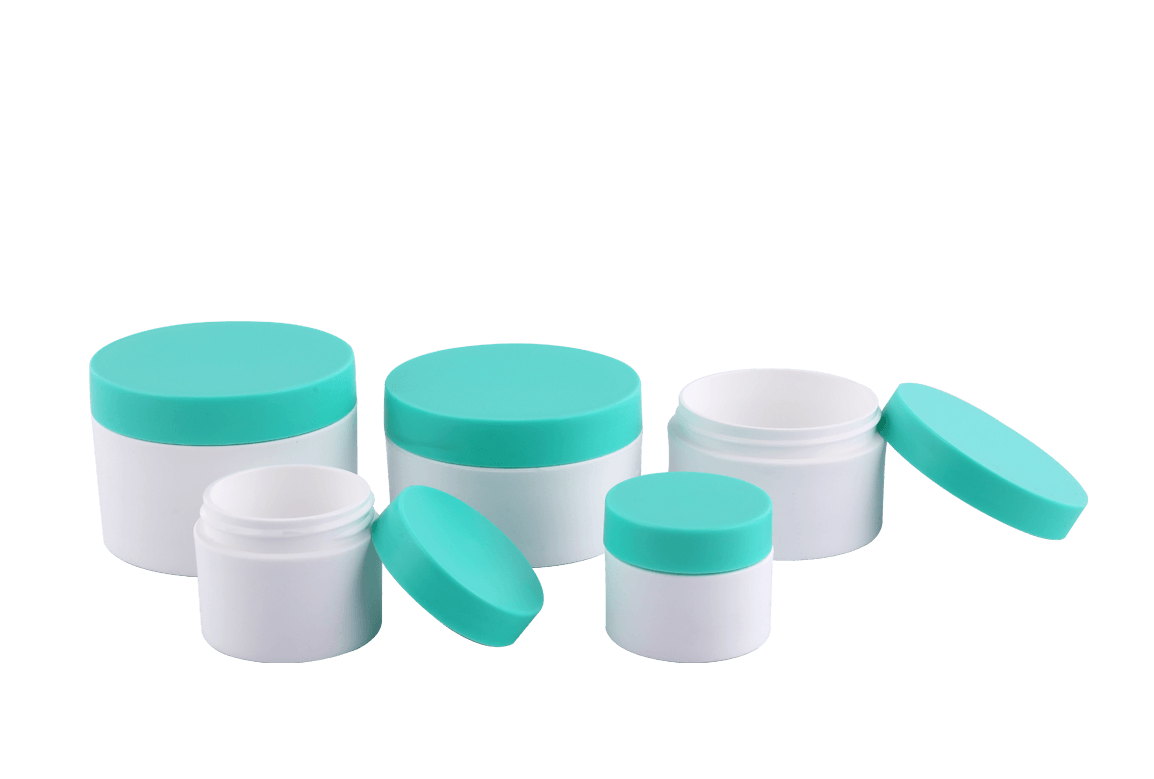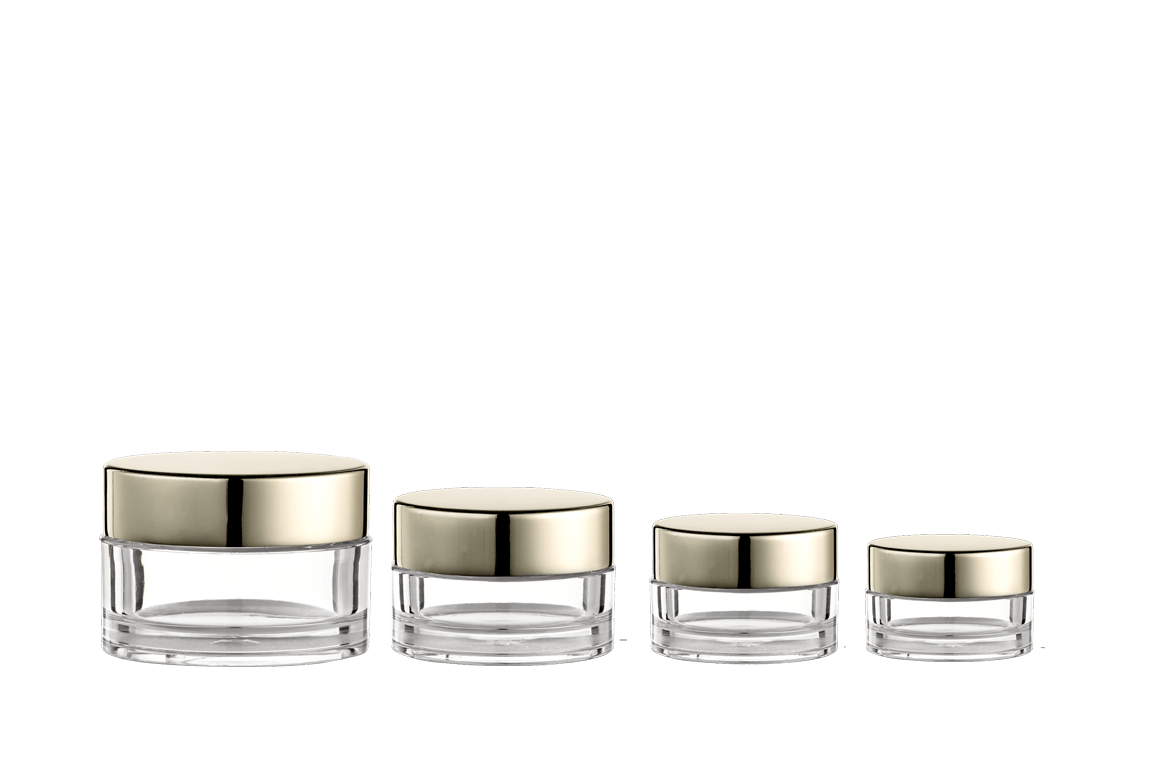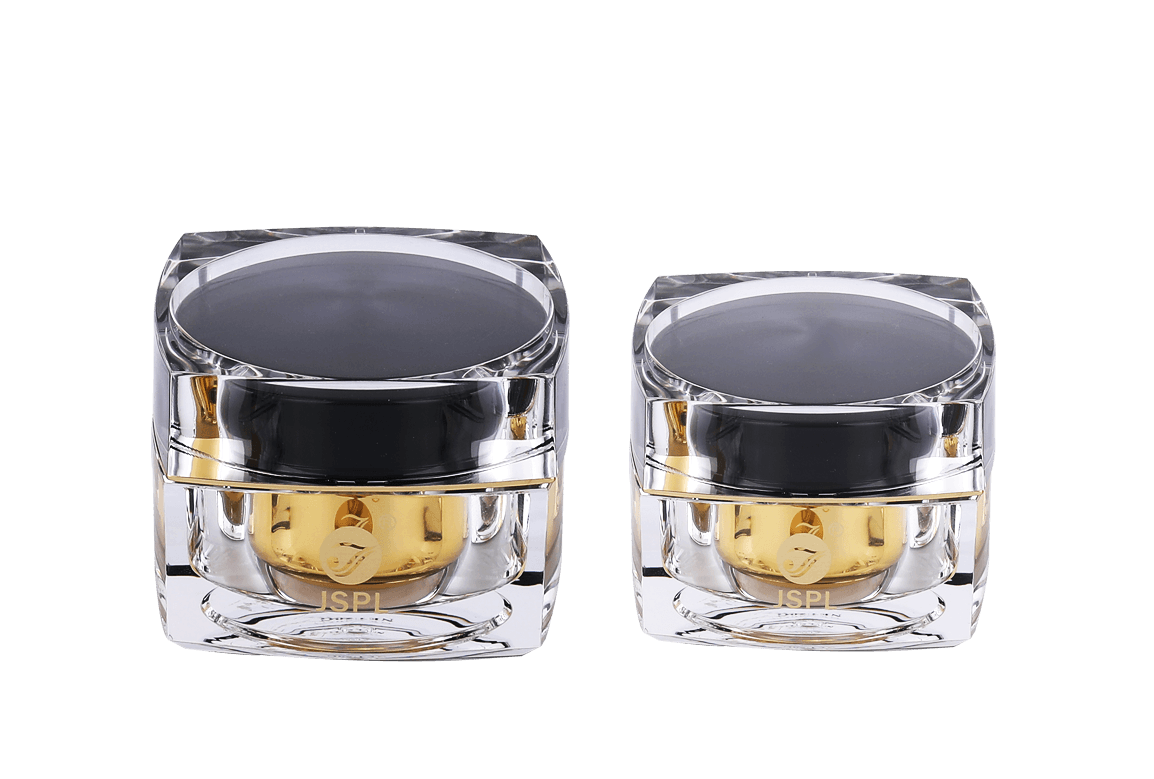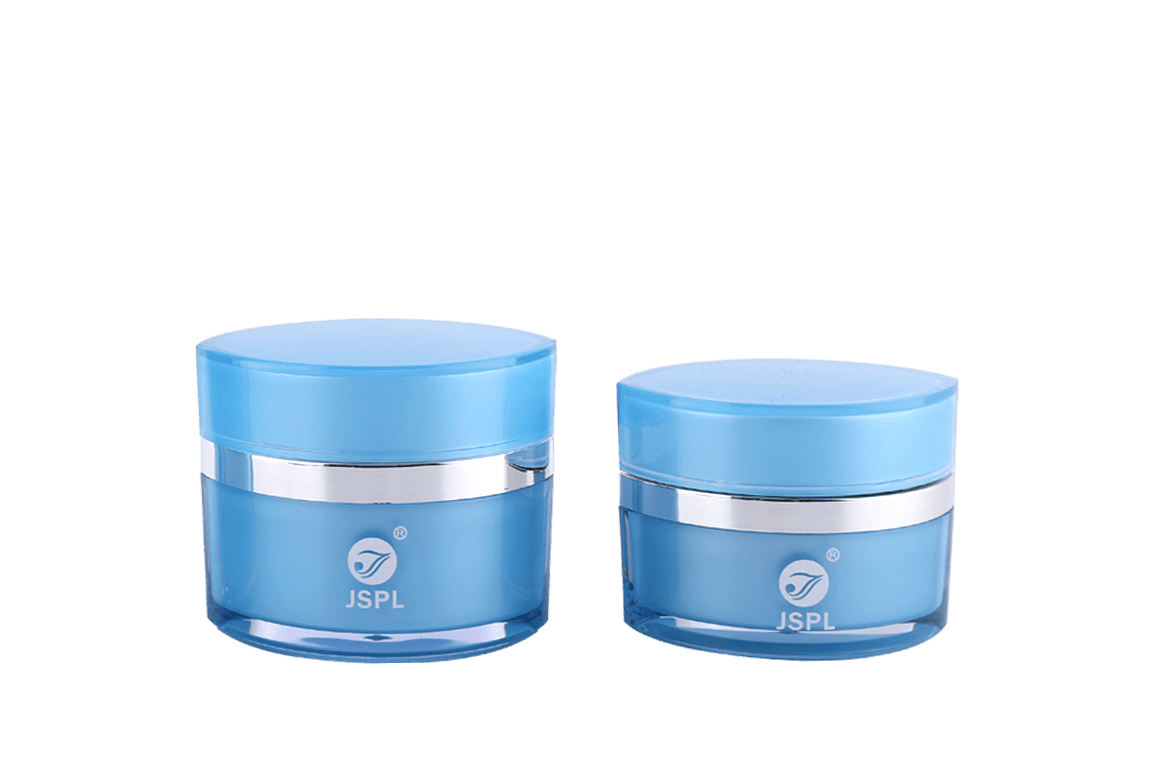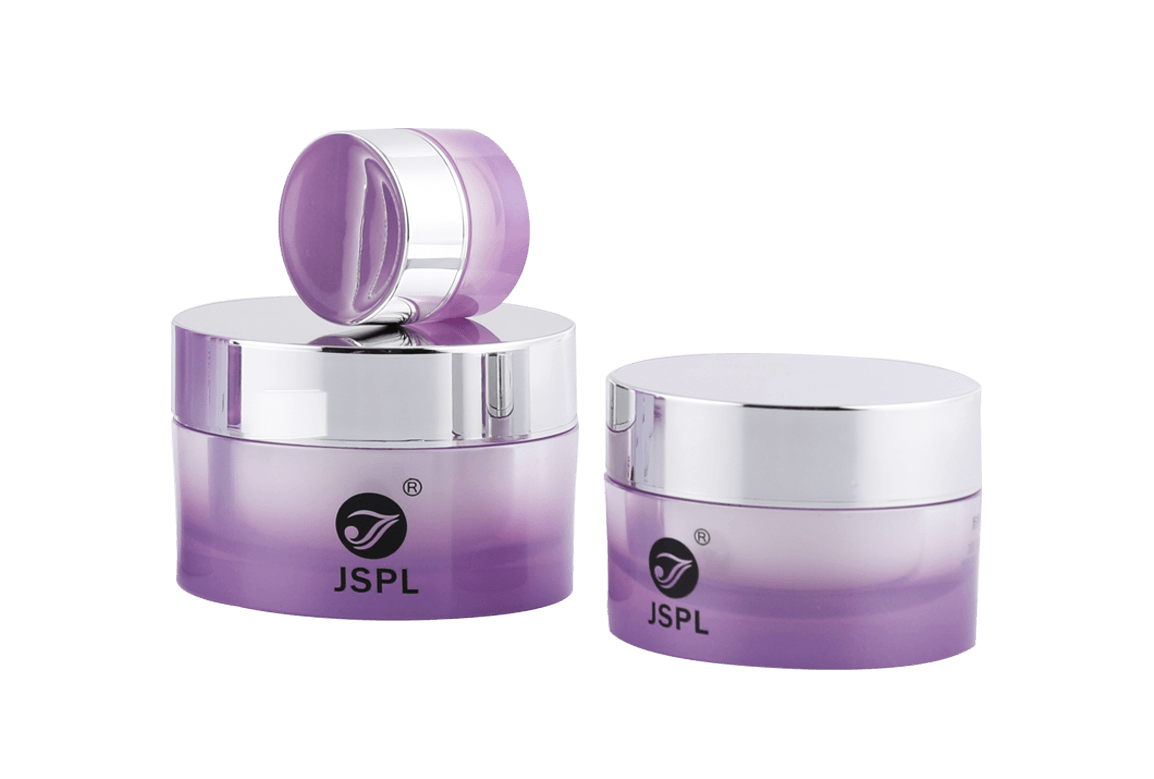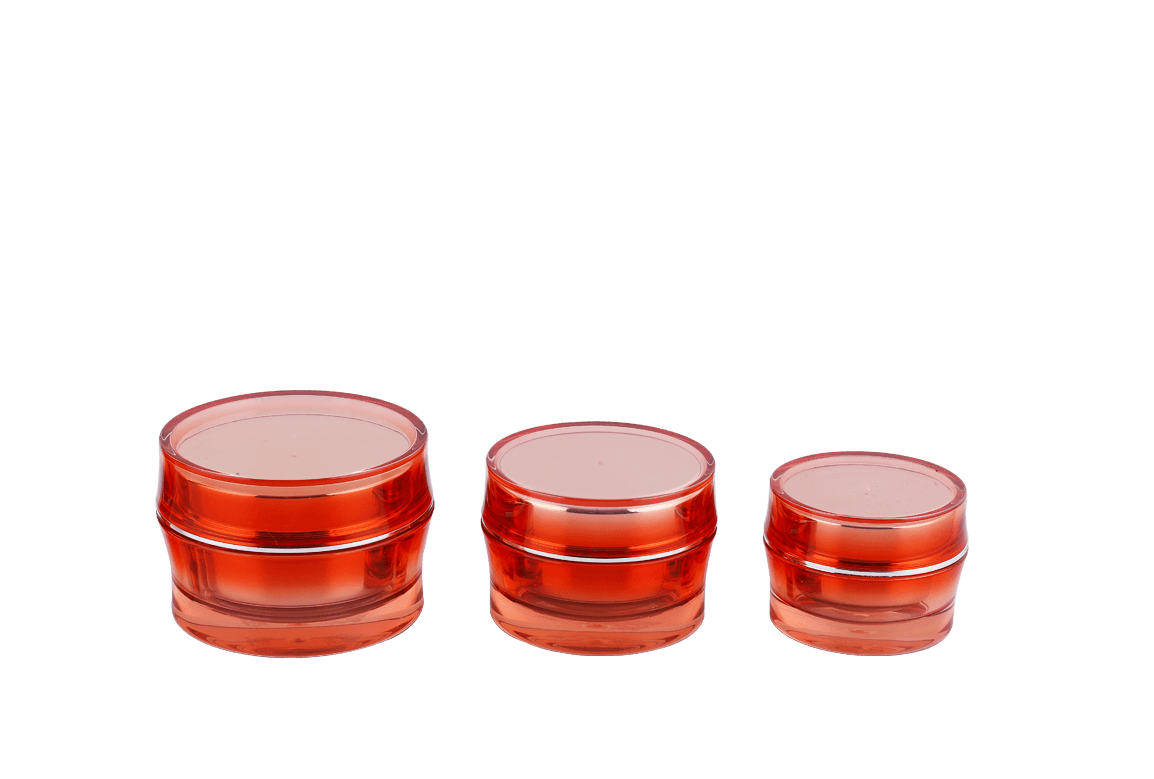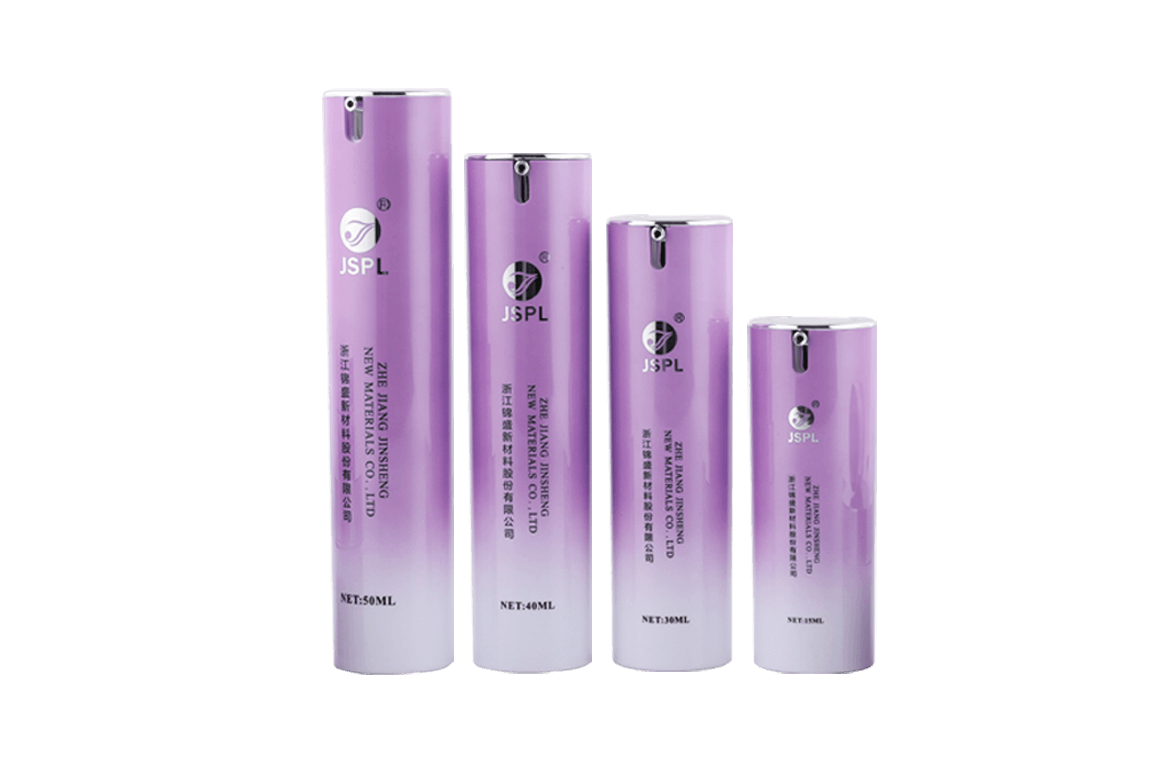Cosmetic packaging materials should highlight the novelty and bright spots of products and improve their market competitiveness. Because when consumers choose products, they are often attracted by the beauty and color of the product packaging. So what processes do you need to make cosmetic packaging materials? The manufacturing process of cosmetic packaging materials is mainly divided into two processes: coloring and printing. The following Zhejiang Jinsheng New Materials Co., Ltd. introduces the commonly used packaging material process: coloring process.
Coloring process
The coloring process can generally be divided into eight types: anodized aluminum, electroplating, spraying, spraying outside the inner bottle, spraying inside the outer bottle, drawing gold and silver, secondary oxidation, and injection color. Here is a brief introduction based on these eight types.
Double tube lip glaze packaging material
Anodized aluminum: aluminum exterior, wrapped with a layer of plastic on the inner layer.
Electroplating (UV): Compared with the spray pattern, the effect is brighter.
Spraying: Compared with electroplating, the color is dull.

Outer spraying of the inner bottle: spraying on the outside of the inner bottle, there is a clear gap between the outer bottle and the outer bottle, and the spraying area is small when viewed from the side.
Inner spraying on the outer bottle: It is sprayed on the inside of the outer bottle. It looks larger from the outside and smaller from the vertical plane, and there is no gap between the inner bottle.
Brushed gold and silver: It is actually a film, and you can find the gaps in the bottle body by careful observation.
Secondary oxidation: secondary oxidation is performed on the original oxide layer, so as to achieve the pattern of dull surface covering the glossy surface or the pattern of glossy surface appearing on the dull surface, which is mostly used for logo production.
Injection color: Toner is added to the raw materials when the product is injected. The process is relatively cheap. Pearl powder can also be added. Adding cornstarch will make the transparent color of PET become opaque.

 Chinese
Chinese España
España Italia
Italia Le français
Le français
